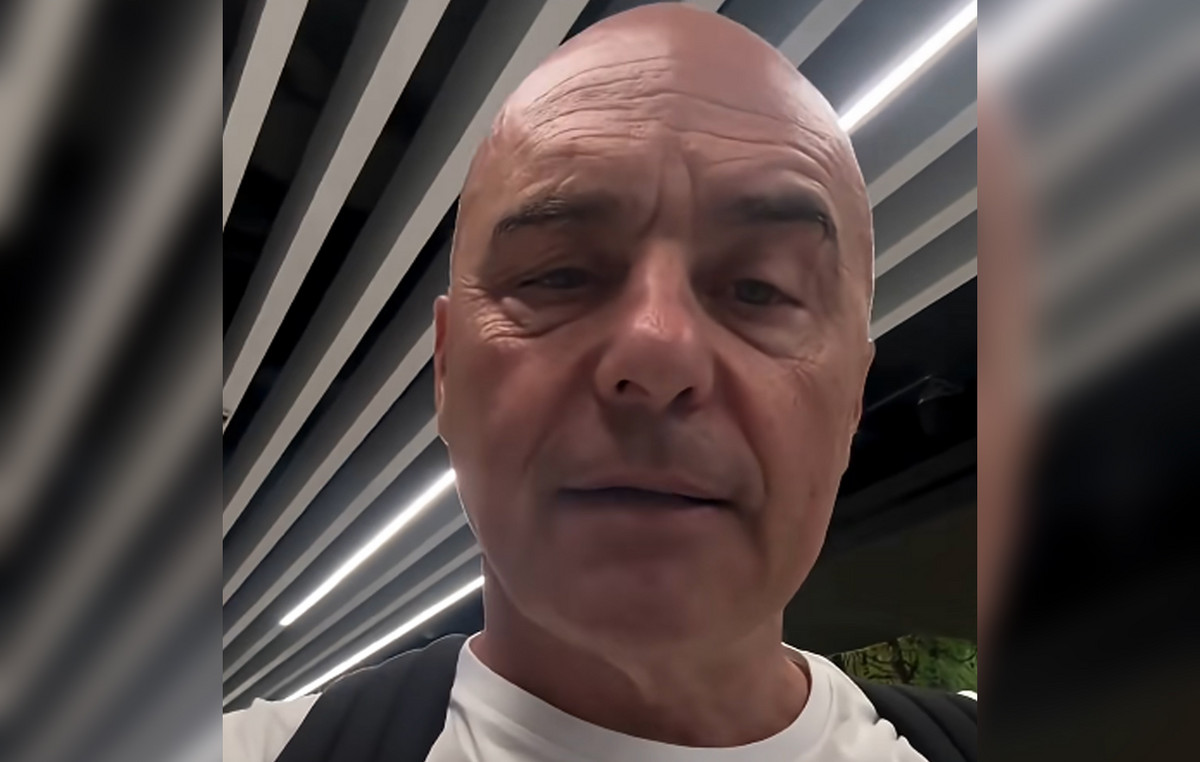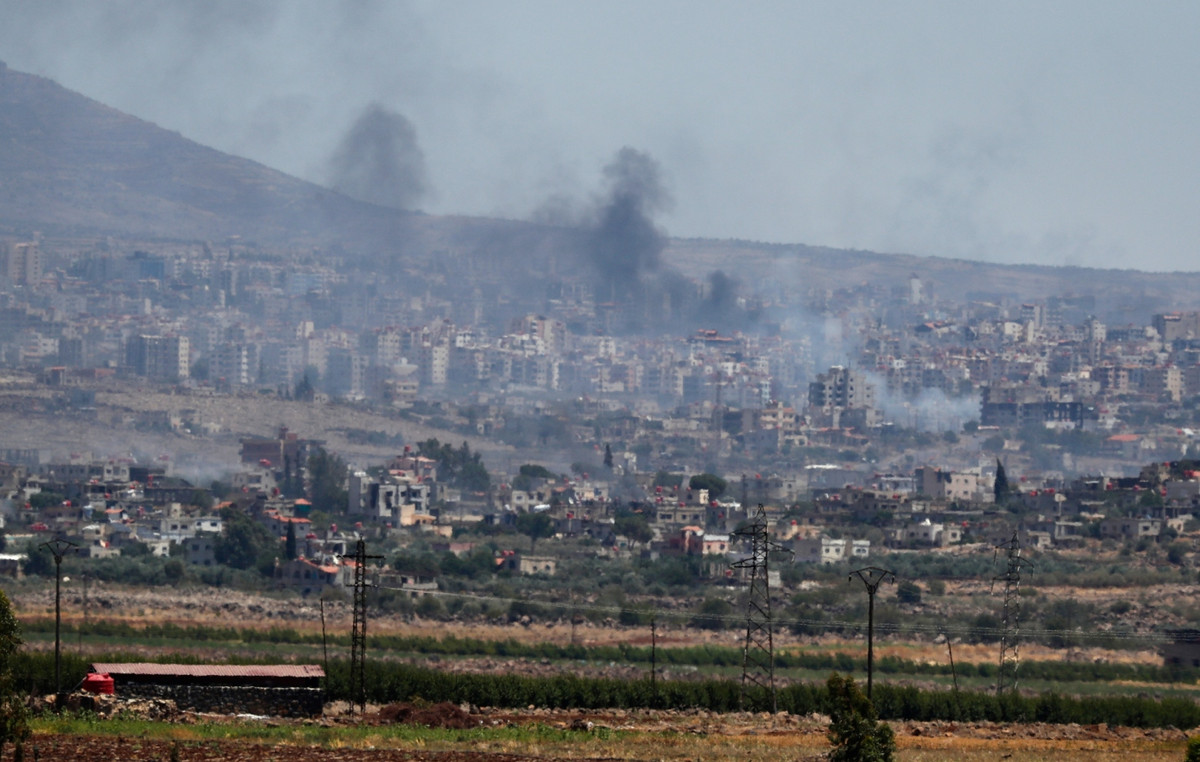The second week of the COP26 climate summit in Glasgow, Scotland has begun – and things are starting to heat up. Check out what you should know below:
What a ‘Glasgow Agreement’ might look like
The UK COP26 presidency has released something that is strangely called a ‘non-document’, which is basically a list of things that could end up in the final Glasgow deal. So what’s in it?
There are references to the strengthening of the language around limiting global warming to 1.5 degrees above pre-industrial levels, which was the great goal of COP26 President Alok Sharma for the summit.
The 2015 Paris Agreement forced countries to try to limit warming to 2 degrees, preferably close to 1.5 degrees. But the latest science shows that the world really needs to limit warming to 1.5 degrees to avoid catastrophic climate change.
There is reference to the need to “accelerate” cuts in greenhouse gas emissions quickly throughout this decade. This is in response to concerns that many countries have made net zero commitments for mid-century but have no plans for how to get there or plans that are too weak to actually meet the targets.
There is a recognition that more money needs to be transferred from the developed world to the Global South to help these countries adapt to the climate crisis. This is emerging as one of the biggest points of conflict at the conference.
The document has several “placeholders” points, showing that several requests are proving controversial.
Greenpeace called the list “exceptionally weak” and criticized it for not mentioning fossil fuels, the main driver of climate change.
Leading Fossil Fuel Producers Resist 1.5 Degree
Environmental groups say Saudi Arabia, China and Russia are resisting the effort to adopt a stronger goal.
Several parties to the Paris Agreement, including the US, UK and EU, want the target to be moved to 1.5 degrees. But Jennifer Tollman, senior policy adviser at climate study group E3G, said some of the top fossil fuel producers are showing skepticism about formalizing that goal.
“We will have to see who goes public with their positions, but those who have definitely shown skepticism include Saudi Arabia,” Tollman told CNN, adding that China and Russia were also showing some resistance.
On Monday, E3G sent a news release to the media that said Saudi Arabia was “insinuating the use of delaying tactics on adaptation items to avoid ambitious decisions” about lowering the temperature target.
Greenpeace International Executive Director Jennifer Morgan said Saudi negotiators acted on Friday night to block talks over what is known as a “coverage decision” – the umbrella message that sums up what a agreement means. It is usually the strongest language in an agreement.
A Dutch European Parliament lawmaker, Bas Eickhout, also said China was being “difficult” and was not being particularly vocal on any of the key issues, except in its opposition to the 1.5-degree formalization.
“China is not being very accessible on almost everything,” Eickhout said. “Everyone is trying to understand what China is ready to do.”
A CNN contacted Saudi, Chinese and Russian authorities for comment.
Obama attacks Trump, China, Russia
The Biden government’s COP26 firepower did not stop after the US president left Scotland. On Monday (8), former President Barack Obama took the stage to declare that “the US is back” in the mood.
As expected, Obama lashed out at former President Donald Trump for “four years of active hostility toward climate science” and pulled the US out of the Paris Agreement, which Obama played a major role in the negotiations.
He also criticized Chinese President Xi Jinping and Russian President Vladimir Putin for totally omitting COP26. He called the decision “particularly disheartening”, adding that “their national plans reflect what appears to be a dangerous lack of urgency, a willingness to maintain the status quo, on the part of both countries.”
Obama spoke about President Joe Biden’s big commitments on climate and decarbonization, but he tempered expectations about how ambitious the US can be on climate, reminding the public that Biden is constrained by politics in Congress, as Obama was.
“Remember that Joe Biden wants to do even more,” Obama said. “He is constrained by the absence of the robust majority needed to make that happen. We’ve both been constrained in large part by the fact that one of our two main parties has decided not just to stand on the sidelines, but to express active hostility to climate science and to make climate change a partisan issue.”
Obama nodded to the fact that while Biden won a major legislative victory with his infrastructure bill passed last week, the president’s massive climate and economic bill is still unfinished. Congress, and the moderates in the small majority of Democrats, have a voice on Biden’s climate policy.
More discussions about who should pay what
The developed world agreed more than 10 years ago that, by 2020, it would transfer $100 billion a year to countries in the Global South to reduce their emissions and adapt to climate change.
But there is another demand from many developing countries: to be compensated for the damage the crisis has already done in the form of climate redress.
What supports this idea is that rich countries are historically more responsible for climate change. Some countries on the frontlines of the crisis feel that the nations that polluted the most should be held accountable.
Mohamed Adow, director of the think tank Power Shift Africa, said: “The US administration, including the current one, has done everything to block any climate … loss and financial discussion.”
“So they will be happy to talk about the importance of damages, and the need to provide support to some of the climate vulnerable countries that are already experiencing some of the worst climate change, without any inclusion of damage and loss financing . And this is just to try to avoid any liability and any demand for compensation. ”
The US State Department declined to comment on negotiations over responsibility for the climate crisis.
Pacific Island Representative Presents Past President
Sheila Babauta, a member of the Northern Mariana Islands House of Representatives, took the stage at COP26 to introduce Obama and talk about the problems facing her home island.
The mainland of the US has faced escalating hurricanes and storms on the Gulf Coast, as the West struggles with historic drought and wildfires. But it’s important to note that the climate crisis also poses a threat to Americans in US territories in the Pacific Ocean.
“As the first stewards of land and ocean, our traditional knowledge can guide the way,” Babauta said in his speech. “All together we have the keys to solving the issues of militarization, climate change and climate colonialism. We are not passive victims. I’m here to amplify the voices of those who live on the front lines.”
Wearing islander garb – a wreath and a lei – Babauta, who is the Chamorro Indian from the island of Saipan in the Northern Mariana Islands, spoke about worsening storms, disappearing coastlines and the rampant militarization that plagues the Islands.
The Northern Mariana Islands – Saipan, Tinian and Rota – are small dots on the map in the middle of the Pacific, but they played a key role in World War II. The islands became a US territory in 1975 and, along with the neighboring island of Guam, became a center for the country’s armed forces, which contributed to greenhouse gas emissions, ocean pollution and degradation. environmental.
Ingrid Formanek of CNN contributed to this report.
(Text translated, read original in English here)
Reference: CNN Brasil
I’m James Harper, a highly experienced and accomplished news writer for World Stock Market. I have been writing in the Politics section of the website for over five years, providing readers with up-to-date and insightful information about current events in politics. My work is widely read and respected by many industry professionals as well as laymen.







